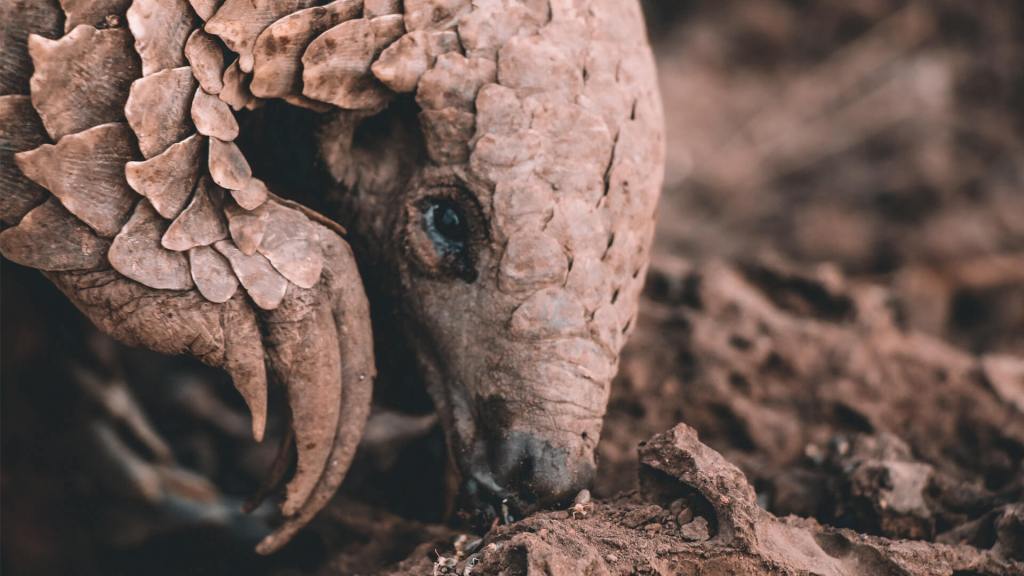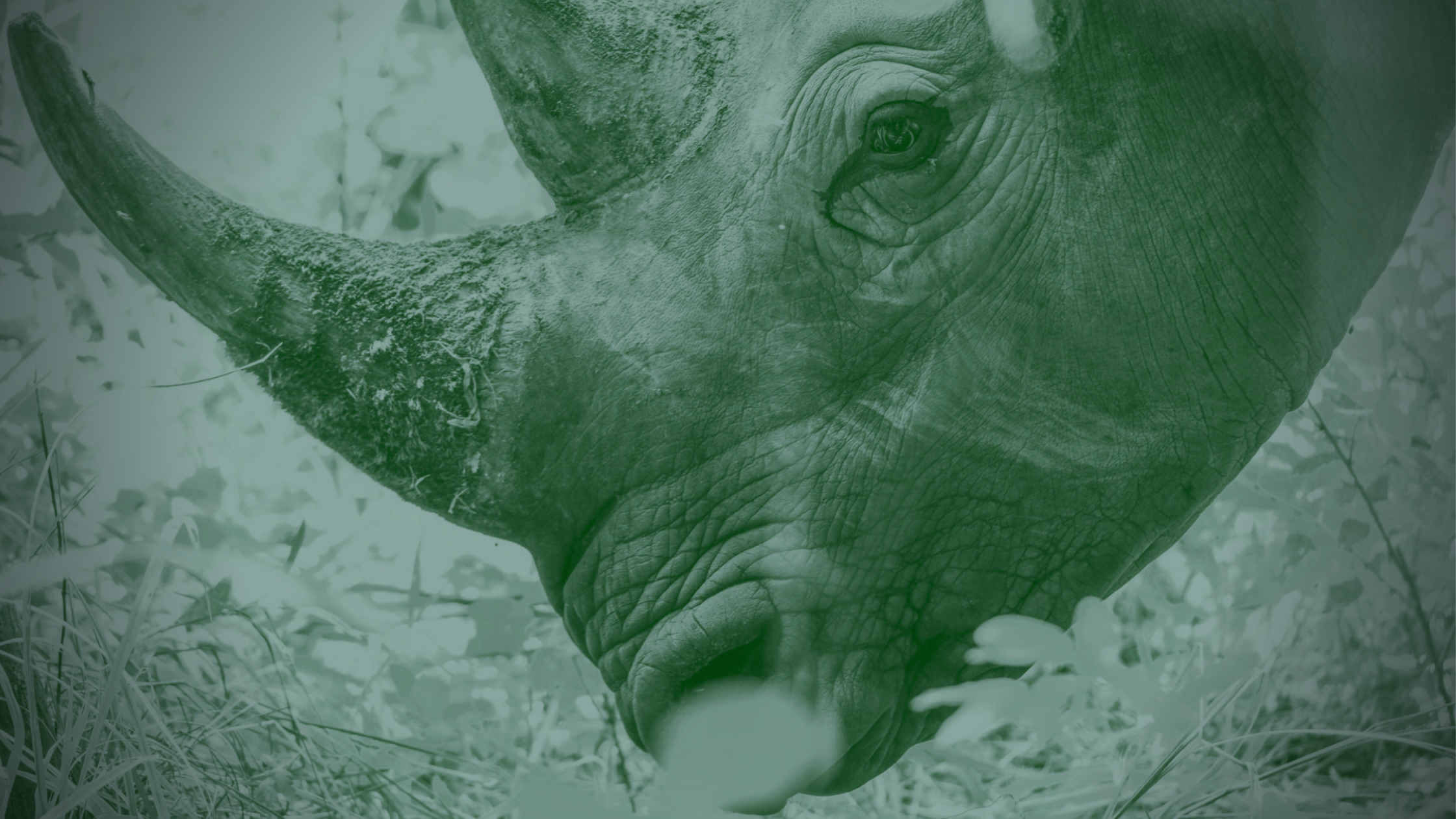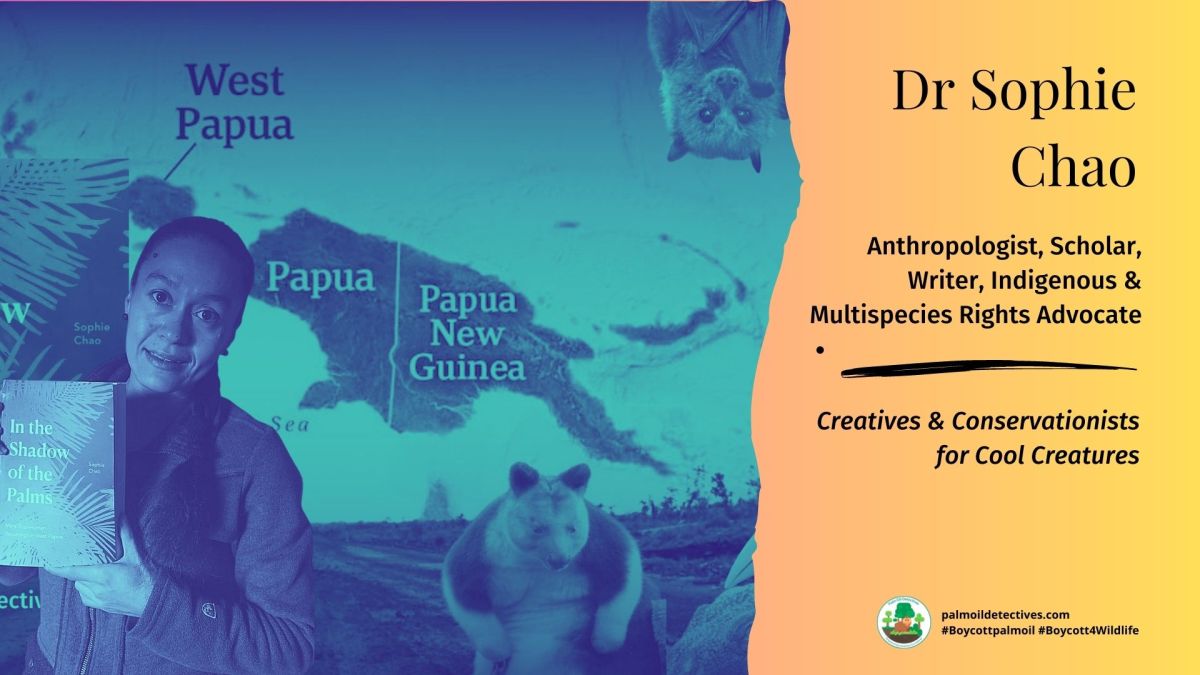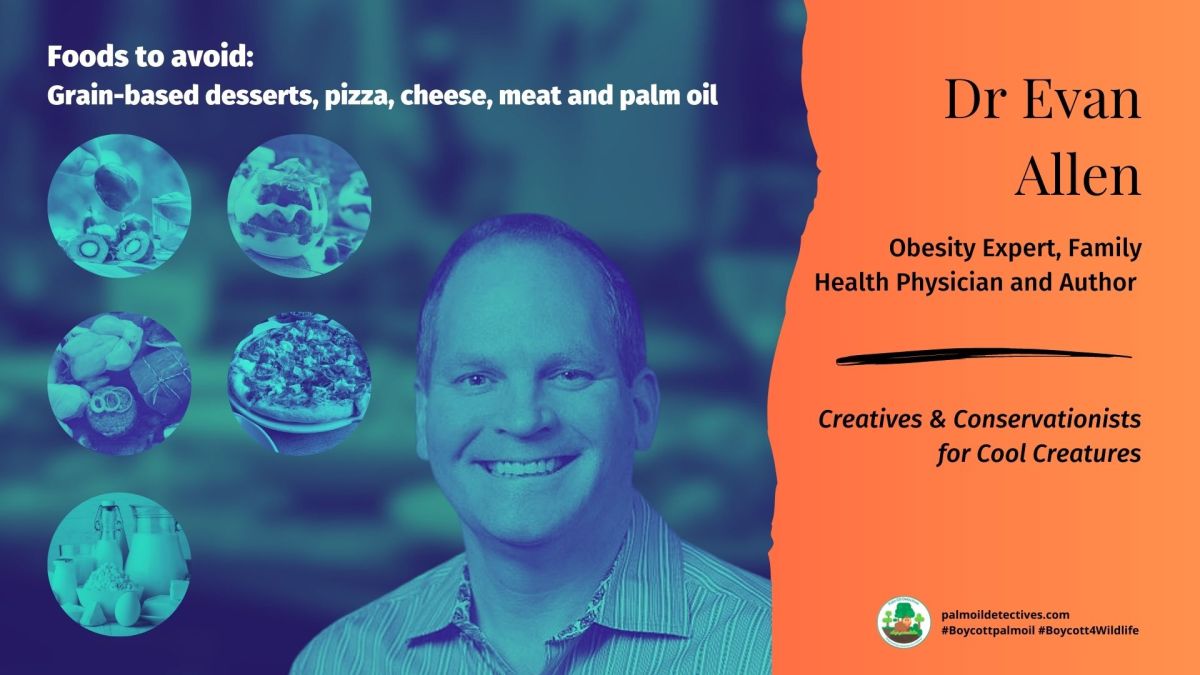Temminck’s Pangolin Smutsia temminckii
Vulnerable
Extant (resident): Angola; Botswana; Burundi; Central African Republic; Chad; Ethiopia; Kenya; Malawi; Mozambique; Namibia; Rwanda; South Africa; South Sudan; Sudan; Tanzania, United Republic of; Uganda; Zambia; Zimbabwe
Possibly Extant (resident): Congo
Possibly Extinct: Eswatini
The Temminck’s pangolin is a secretive, primarily nocturnal, mammal that is covered in overlapping plate-like scales, which provides protection from predators. When under threat the Temminck’s ground pangolin rolls into a ball with the soft underbelly covered by a muscular tail. The word pangolin comes from the Malay word “pengguling” meaning something that rolls up. Owing to their secretive nature and low densities, little is known about the pangolin. In spite of this the species is widely used for traditional medicine and they face a grave threat from trafficking for their meat and scales.
Species of pangolin are the most trafficked species in the world. Although deforestation is another major threat. The range of the Temminck’s Pangolins are increasingly threatened by shifting agriculture, small-holder farming and agro-industry farming. These farming practices are directly impacting pangolins through habitat loss and alteration, while the increased human presence in these previously undisturbed areas is resulting in increased levels of poaching.
IUCN Red List
Temminck #Pangolins are beautiful creatures #vulnerable due to illegal #poaching and #deforestation for #palmoil #timber #meat in #Africa. They are already #extinct in #Congo. Help them and #Boycottpalmoil #Boycott4Wildlife
Tweet




The Temminck’s pangolin is the only species found in southern Africa and can be easily distinguished from the two noticeably smaller tree-dwelling African species of pangolin by its fossorial as opposed to arboreal lifestyle and regular scale pattern. Unlike the larger giant pangolin it inhabits dry and arid savannah and desert environments.
The Temminck’s pangolin gives birth to a single offspring after a gestation period of approximately 139 days. They often use the burrows of other animals including aardvarks and aardwolves.
Although present in a number of protected areas across their range and protected by law in all range states (though not included as a protected species in all range states), it is inferred that Temminck’s Pangolin numbers are declining due to an increasing demand for their body parts, including scales, for local and international use for medicinal purposes and superstitious value (Coulson 1985, Cunningham and Zondi 1991, Bräutigam et al. 1994, Whiting et al. 2011, Swart 2013, Xu et al. 2016, Baiyewu et al. 2018). Over-exploitation of Temminck’s Pangolin for medicinal use is occurring in South Africa and elsewhere throughout its range, and is increasingly focused on core conservation areas (Cunningham and Zondi 1991, Baiyewu et al. 2018).
You can support this beautiful animal
Further Information

Pietersen, D., Jansen, R. & Connelly, E. 2019. Smutsia temminckii. The IUCN Red List of Threatened Species 2019: e.T12765A123585768. https://dx.doi.org/10.2305/IUCN.UK.2019-3.RLTS.T12765A123585768.en. Downloaded on 06 June 2021.

How can I help the #Boycott4Wildlife?
Contribute in five ways
1. Join the #Boycott4Wildlife on social media and subscribe to stay in the loop: Share posts from this website to your own network on Twitter, Mastadon, Instagram, Facebook and Youtube using the hashtags #Boycottpalmoil #Boycott4Wildlife.
2. Contribute stories: Academics, conservationists, scientists, indigenous rights advocates and animal rights advocates working to expose the corruption of the palm oil industry or to save animals can contribute stories to the website.
3. Supermarket sleuthing: Next time you’re in the supermarket, take photos of products containing palm oil. Share these to social media along with the hashtags to call out the greenwashing and ecocide of the brands who use palm oil. You can also take photos of palm oil free products and congratulate brands when they go palm oil free.
4. Take to the streets: Get in touch with Palm Oil Detectives to find out more.
5. Donate: Make a one-off or monthly donation to Palm Oil Detectives as a way of saying thank you and to help pay for ongoing running costs of the website and social media campaigns. Donate here








